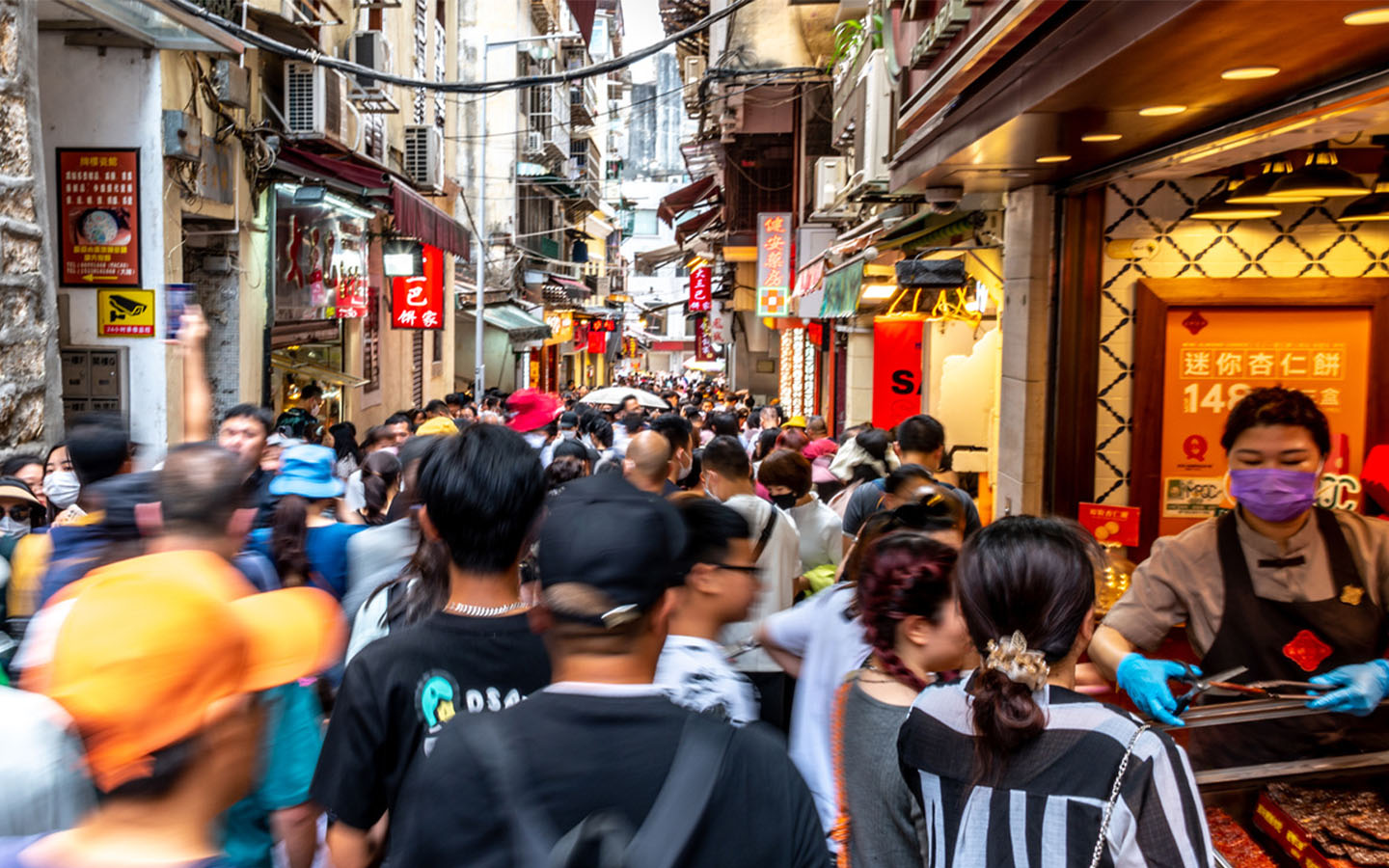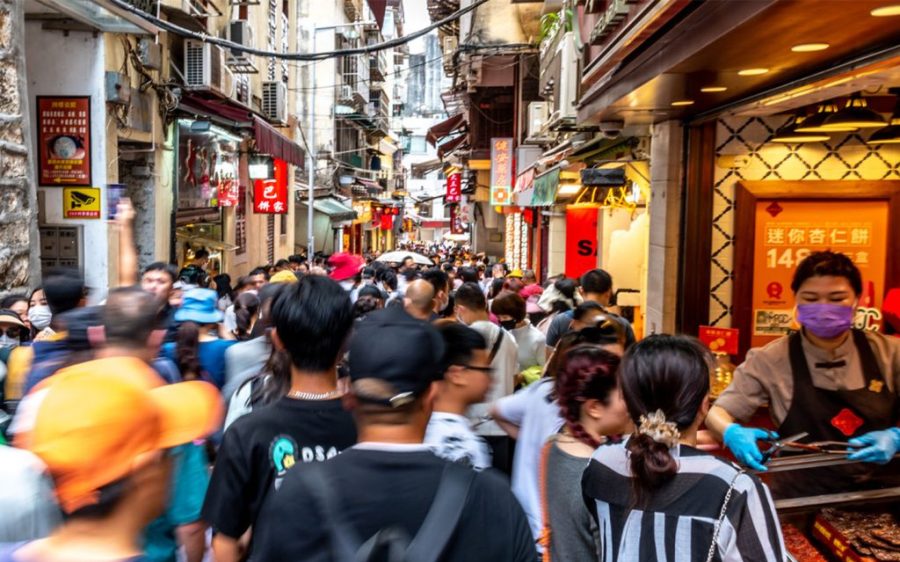Macao’s visitor arrival numbers have grown considerably, according to the Statistics and Census Service, which reported last Friday that around 16.72 million individuals travelled to the city during the first half of this year, an increase of 43.6 percent year-on-year.
Compared to the first six months of 2019, the 2024 number represents a rebound of 82.4 percent, said the department, which is also known by its Portuguese initials DSEC.
The total is in line with the provisional figure of 16.73 million given by the Macao Tourism Office Board (MGTO) last Tuesday.
With regard to the origin of the visitors, 11.54 million of them or nearly 53 percent of the total came from mainland China, a surge of almost 53 percent in comparison to the same period last year.
Meanwhile, the first six months of 2024 saw 1.17 million international visitors travelling to Macao, a growth of 146.3 percent year-on-year. However, the figure is still well behind the number recorded before the pandemic, representing just 67.2 percent of the total logged during the corresponding period in 2019.
[See more: Macao welcomed over 16 million visitors in the first half of 2024]
The country with the highest number of foreign visitor arrivals was the Philippines, which registered 234,336 visitors, an increase of around 105 percent against the first half of 2023.
This was followed by South Korea and Indonesia, which had 231,859 and 91,953 visitor arrivals, an increase of approximately 400 percent and 58 percent respectively.
For the month of June, the numbers were also promising, with DSEC reporting 2.55 million visitors, a rise of 15.5 percent in comparison to the same period last year.
This year, the MGTO has set a target of 33 million visitors or 84 percent of the figure from 2019 (39.4 million). As for the international market, the tourism office is aiming for two million overseas visitors.
The agency has expressed confidence that it will reach its forecasts, with the head of the MGTO Maria Helena de Senna Fernandes telling Bloomberg Television that even though the numbers had begun to drop in May, the city “was still on target to hit probably 33 million this year.”






